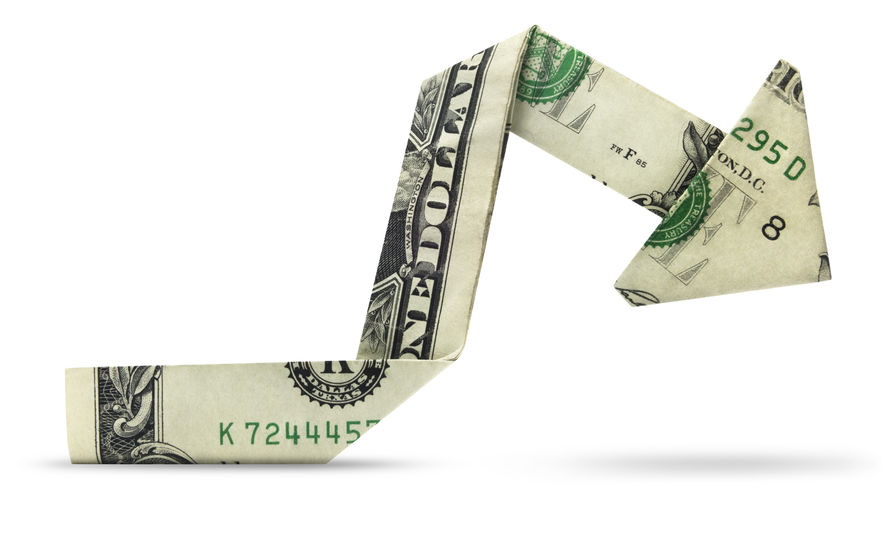Poor US Employment Report Fuels Dollar Sell-off

GBP
The Pound had a stellar week versus the Dollar increasing by 1.2% but was unable to achieve the same against the Euro, as the pair finished flat for the week. The Scottish National Party won 64 of the 129 seats at Holyrood and Scotland’s first minister Nicola Sturgeon has told Prime Minister Boris Johnson that a second independence referendum is “a matter of when – not if”. Though this is not likely to have an immediate effect on the Pound, it is certainly a risk factor in the long term. The Bank of England announcement was as expected but had a muted impact on the Pound, as the reduction in the pace of purchases wasn’t as aggressive as markets thought.
1.40 will be the key test for Sterling this week, after it was briefly touched on Friday evening and managed to break it on Monday morning. The question now, is if GBP can hold this strength and should be achieved for two reasons, firstly by rising EUR/USD and secondly the sharp economic recovery in the UK. The latter should be further assisted on Wednesday by Q1 GDP for the UK expected at 1.5% year on year. Though this figure is still low, it is significantly better than expected given both Brexit and Covid. But, with the combination of schools returning and a healthy month for retail, this should give markets further confidence of a very strong economic recovery in Q2 and help support the Pound.
USD
The Dollar was not only the worst performing G10 currency last week but also for the last month, as it fell by 0.7% against the Euro. The Greenback has also struggled against its closest neighbour, falling by 1.3% against the Canadian Dollar which has received a boost from rising oil prices. The headline cause for the Dollar sell-off was the incredibly poor jobs report on Friday at 266K which was expected at 978K, making it one of the biggest misses in history. As a result, the unemployment rate rose from 6.0% in March to 6.1% in April. The participation rate, on the other hand, increased from 61.5% to 61.7%, respectively. These numbers show that the American labour market is doing relatively well. However, many people are still staying at home due to virus fears, while others are receiving more money in unemployment insurance.
The poor jobs report has taken some of the pressure off Jerome Powell and the Fed to shift to a less dovish rhetoric, allowing GBP/USD to cross above 1.40 and EUR/USD to approach 1.22. Data will again be the key driver for the Dollar with CPI on Wednesday and retail Sales on Friday. CPI is expected at 2.3% year on year and will be the first time above 2% since October last year. Though this is above the Fed’s target, it is unlikely to change their current stance as they have stated they are not ready to react to higher inflation just yet.
EUR
The Euro continues to strengthen against the Dollar as it shakes off its poor start to the year. Investors have found confidence in the global recovery and believe that the Euro will follow the recent strength showed by the Pound once the Eurozone has improved their vaccination program and fully reopened the economy. This was backed up by strong retail sales on Thursday, released at 12% versus a consensus of 9.6%. The Euro also benefits from being a pro-cyclical currency and with China’s data getting better, the single currency should continue to strengthen.
The Eurozone has a quiet week on the data front, but the Euro should continue to gain from the weaker Dollar which should spill over to its other currency pairs. The outlook for the EUR/USD is improving and the Eurozone data should rebound as we head into the summer, while the speculation about the ECB QE tapering is growing.
If you have an upcoming currency requirement and would like to hear more about what is affecting the markets in the coming weeks, please contact us on 020 3876 5432.